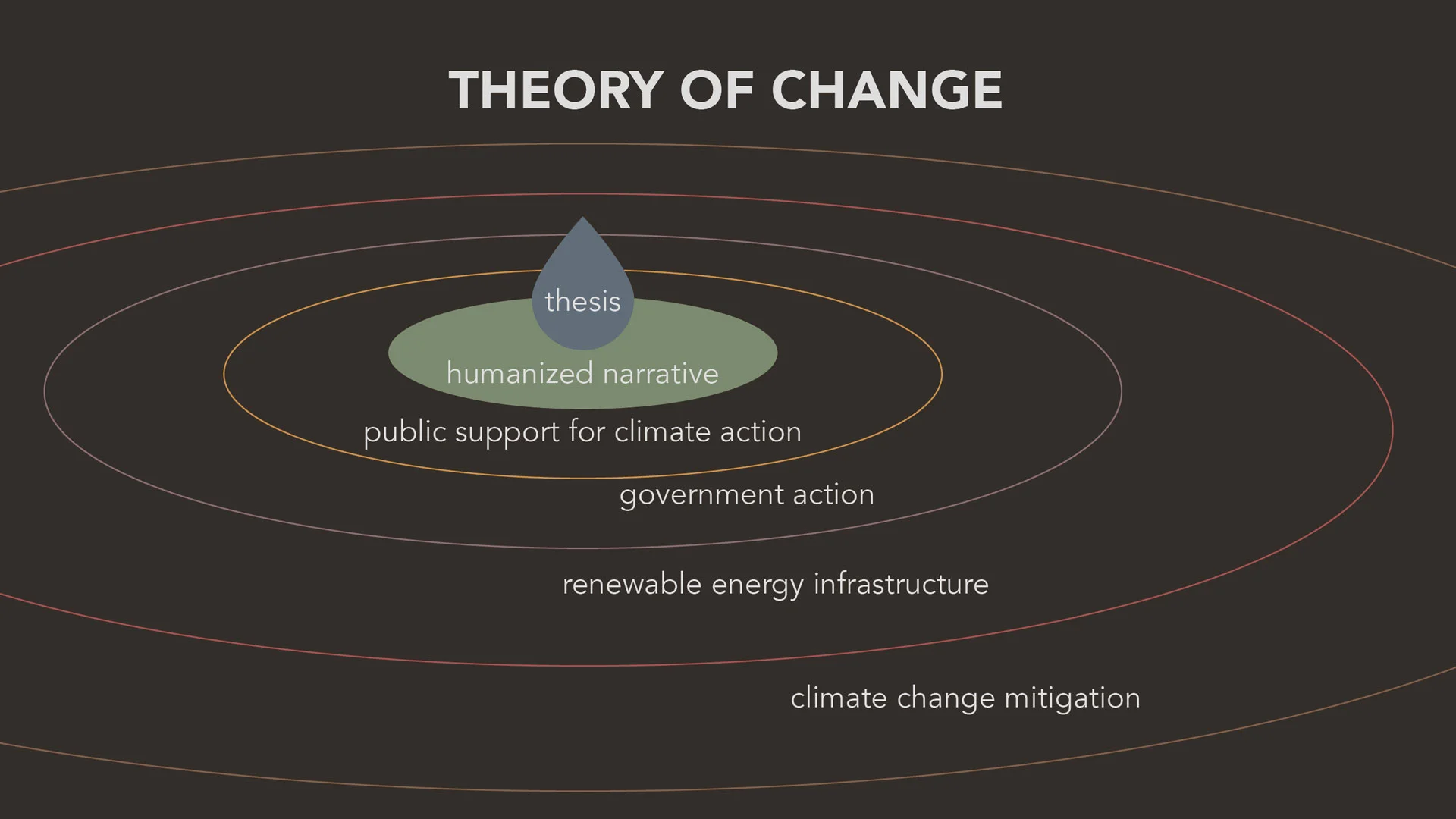GOOD GRIEF: Inducing eco-anxiety as a call to climate action
Conventional wisdom tells us that eco-anxiety—an indirect mental health impact of climate change—is preventing us from effectively responding to the threat of climate change. This form of anxiety is also marked by an existential worry about the future for oneself, children, and later generations. Karen Vellensky challenges this idea through her thesis, Good Grief: Inducing Eco-Anxiety as a Call to Climate Action—developing products and services that humanize the narrative around climate change, and intentionally creating opportunities for experiencing the depression and anxiety caused by the effects of climate change and environmental degradation. In doing do, she hopes to instigate an urgent demand for climate action.

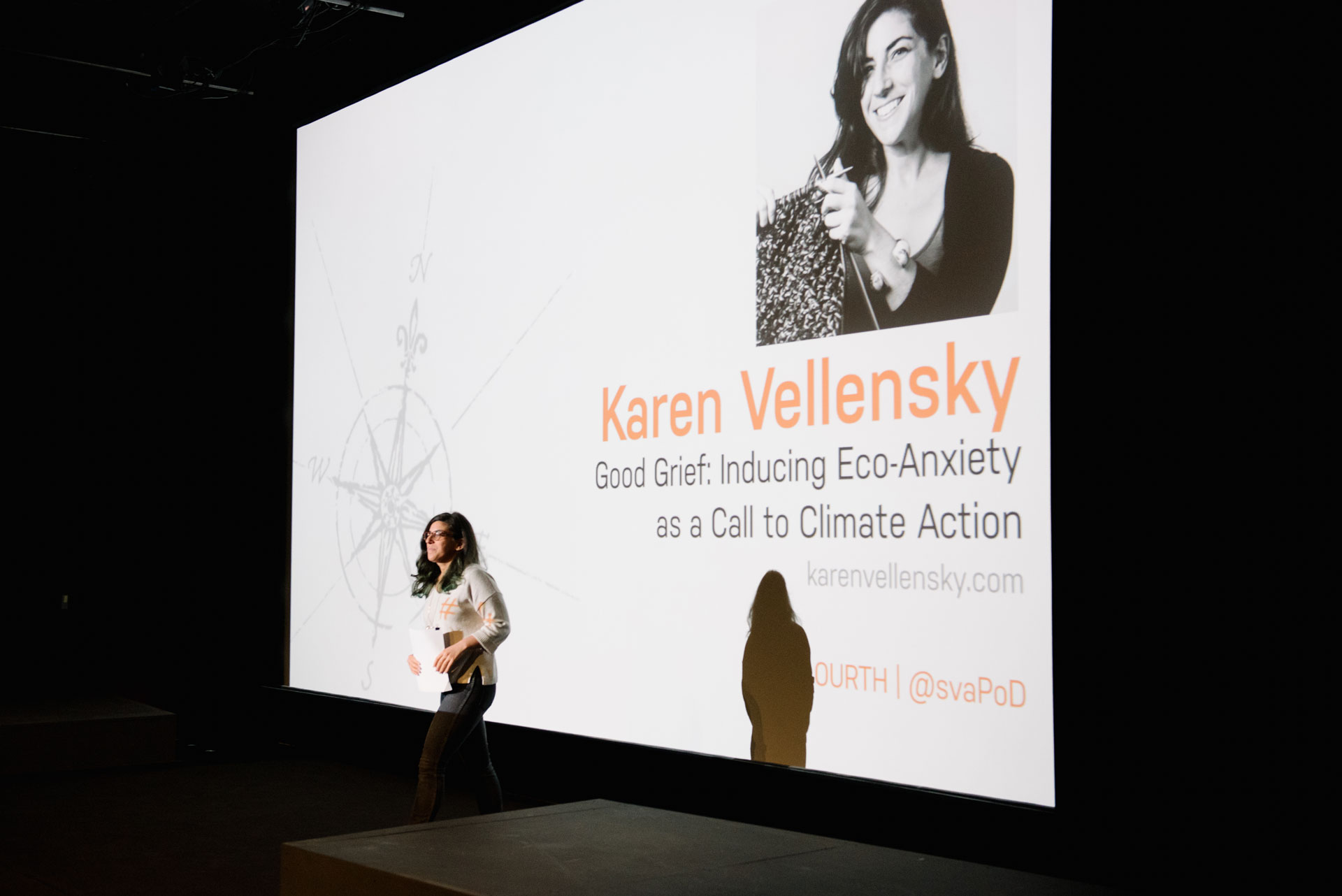
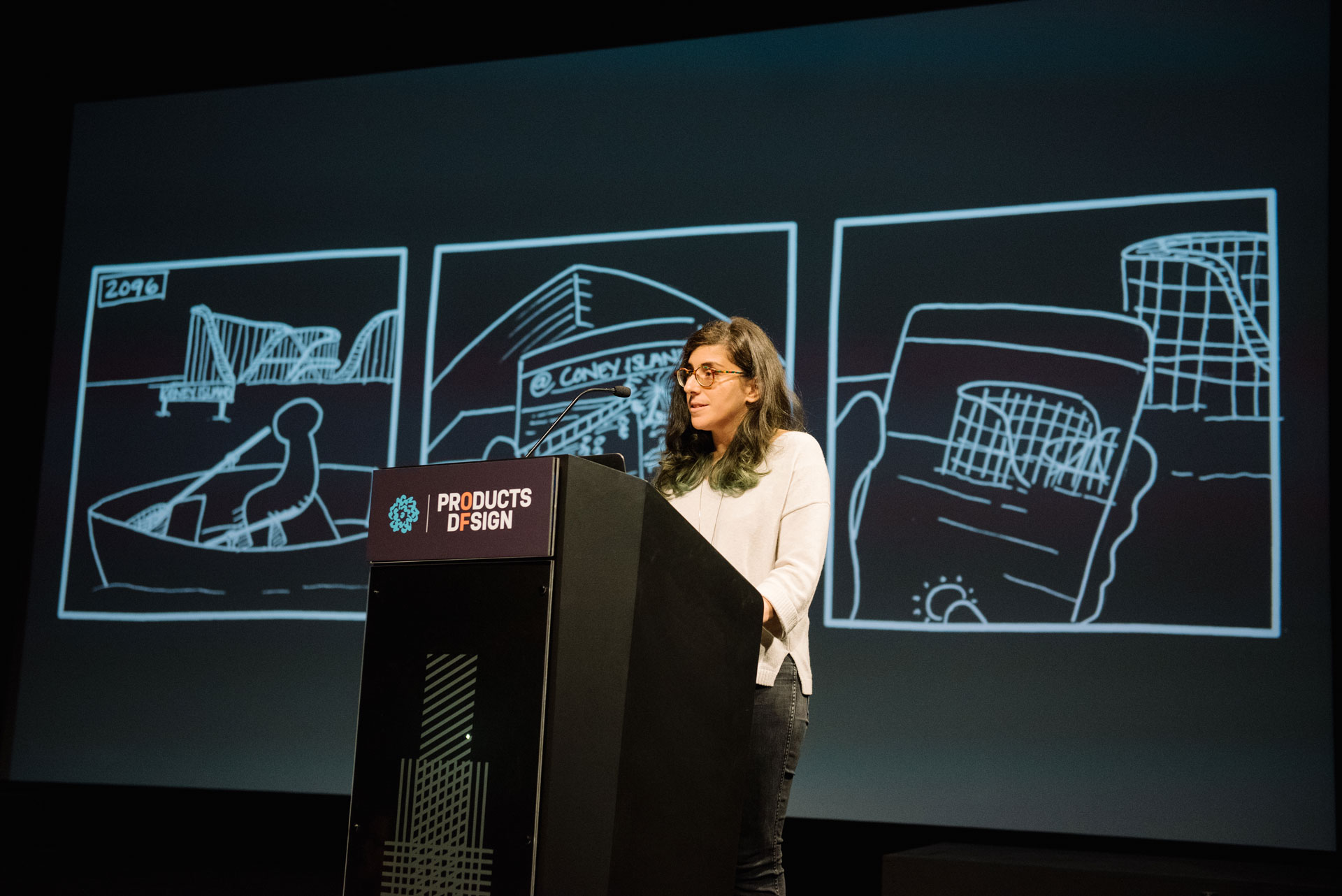
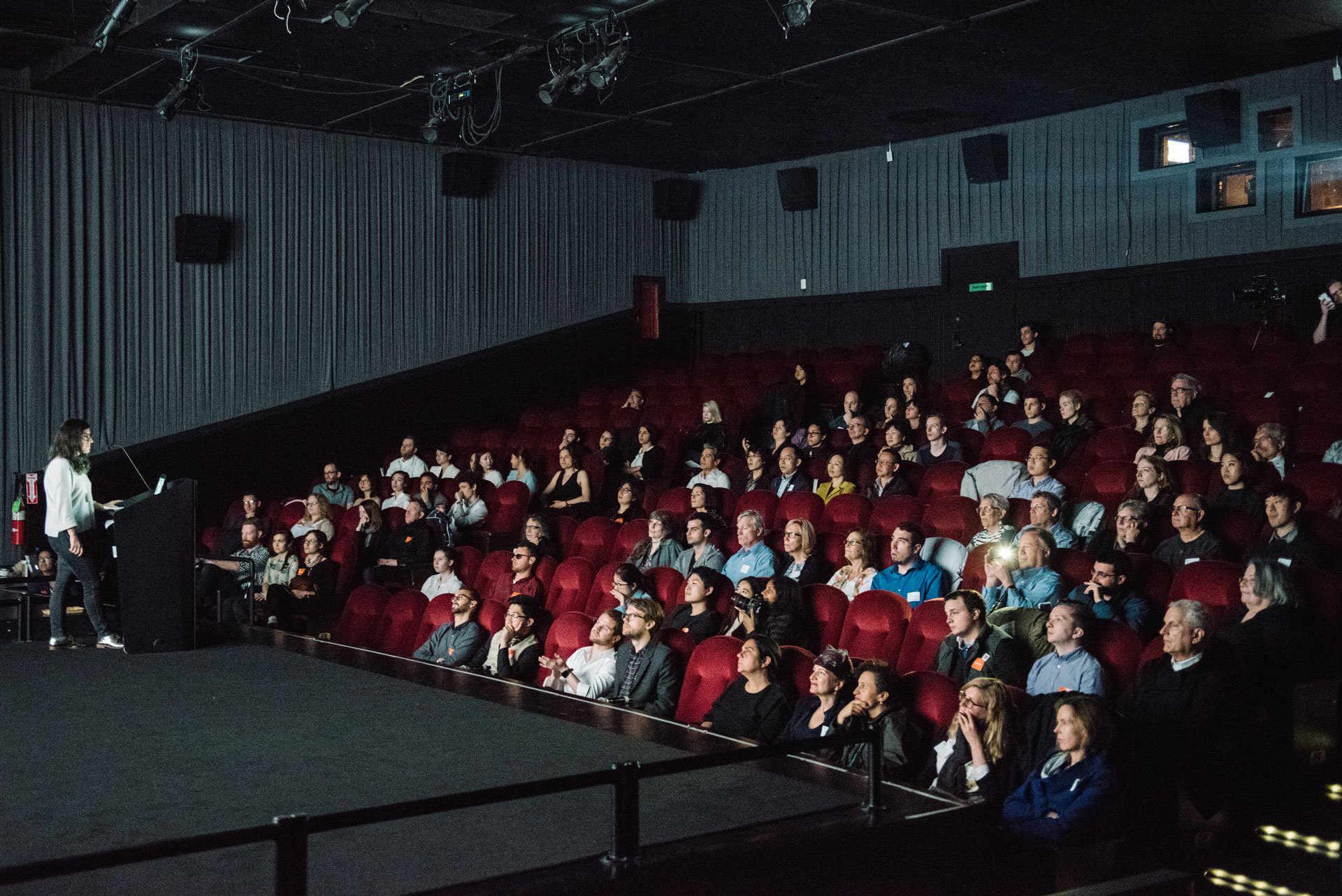
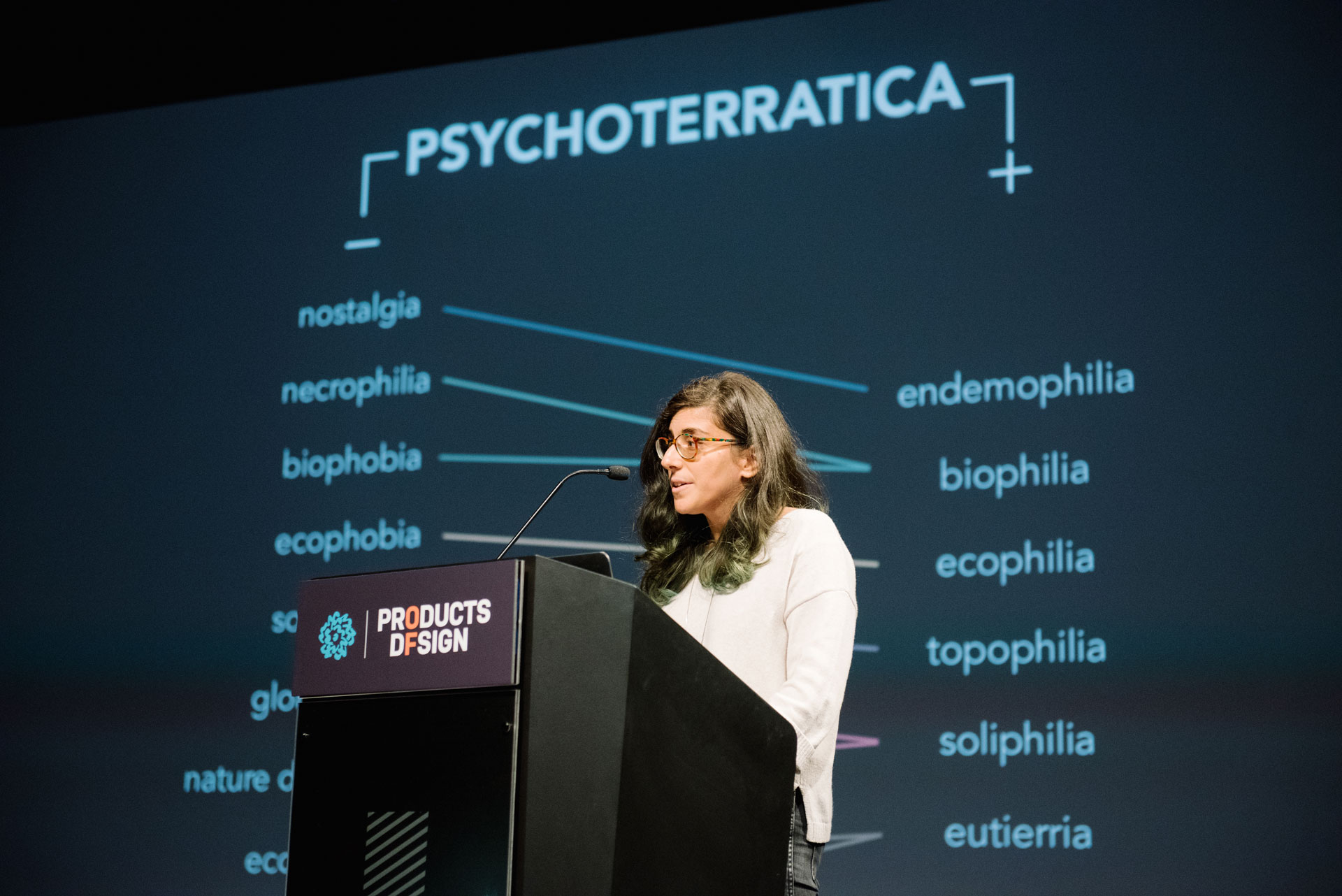
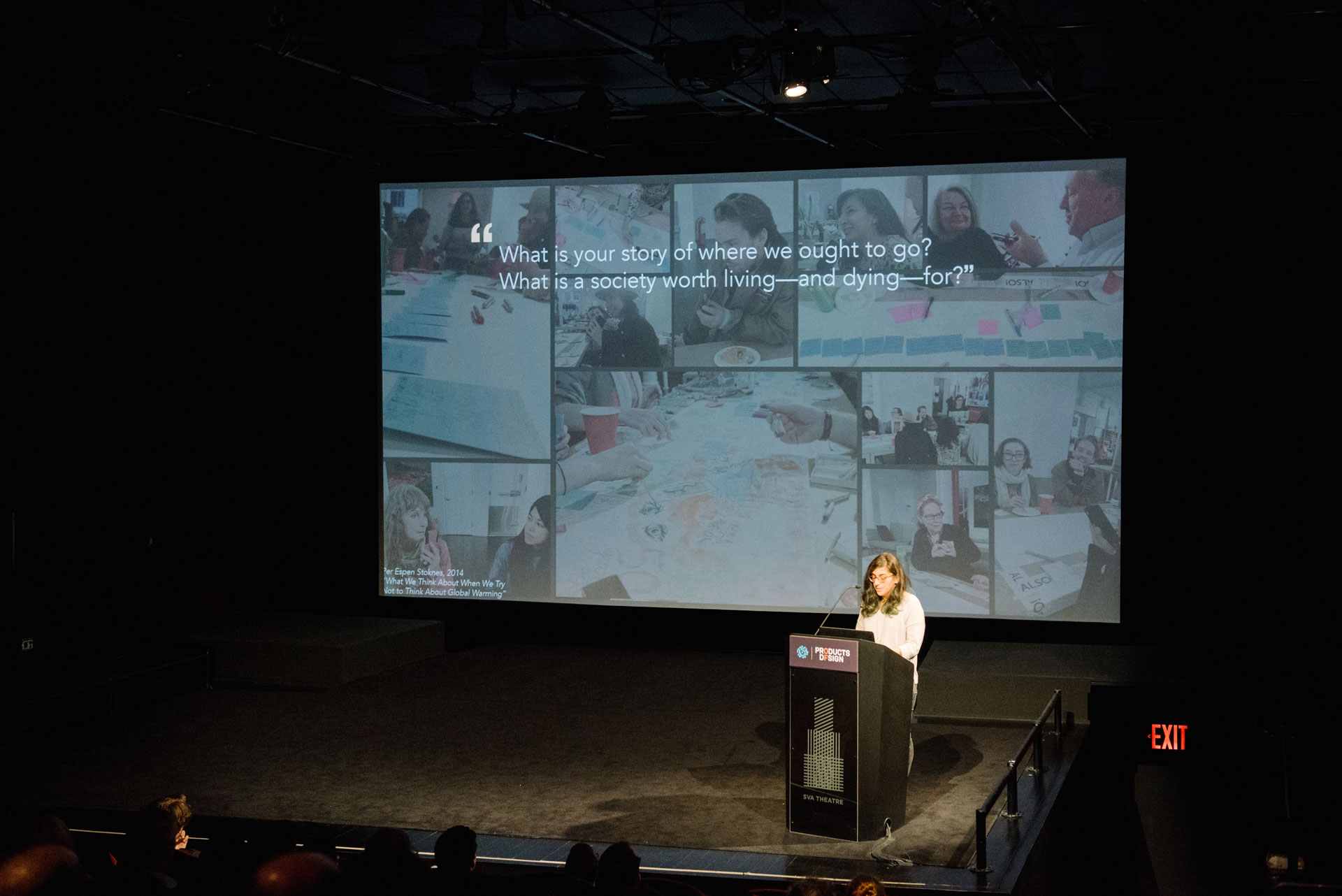
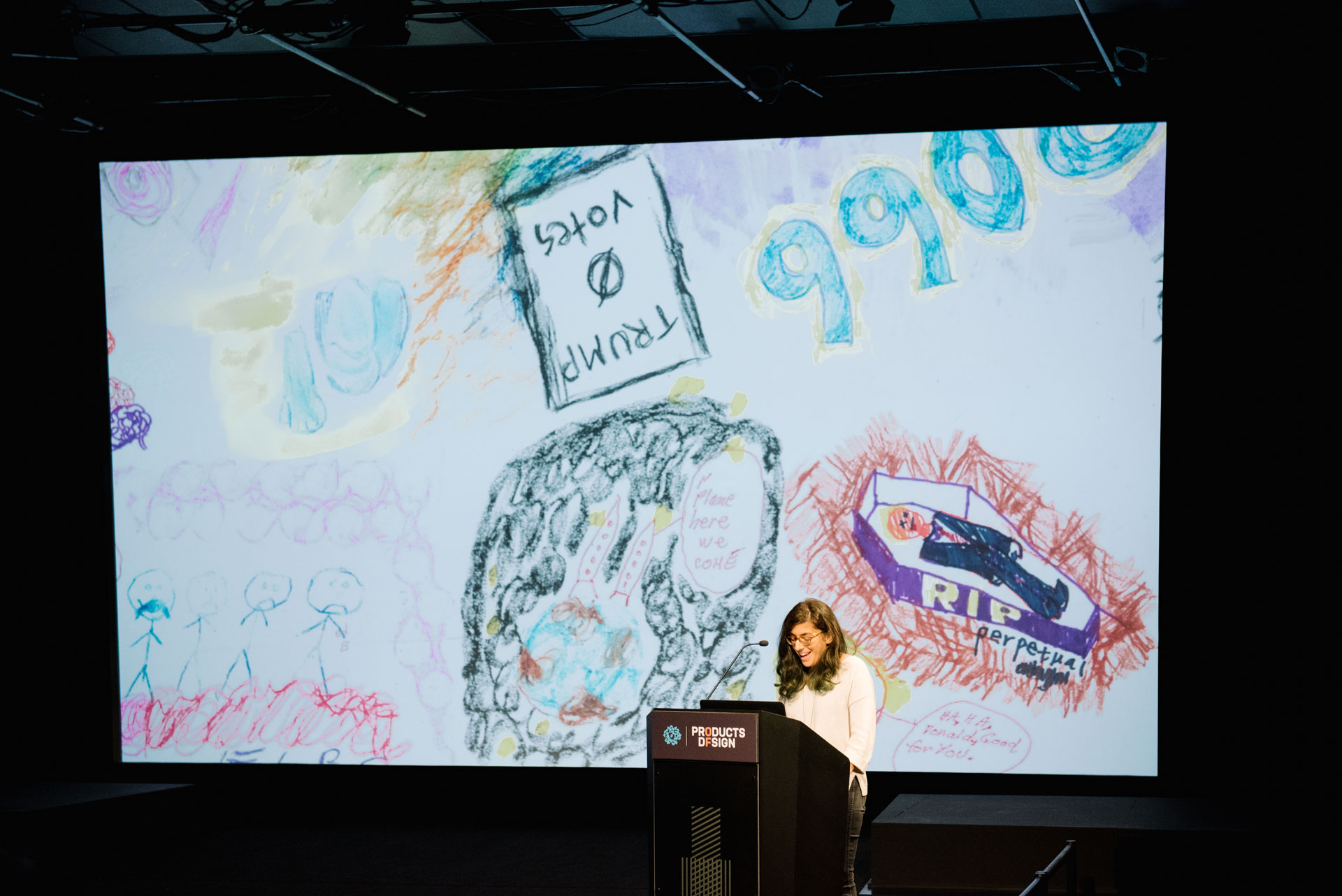
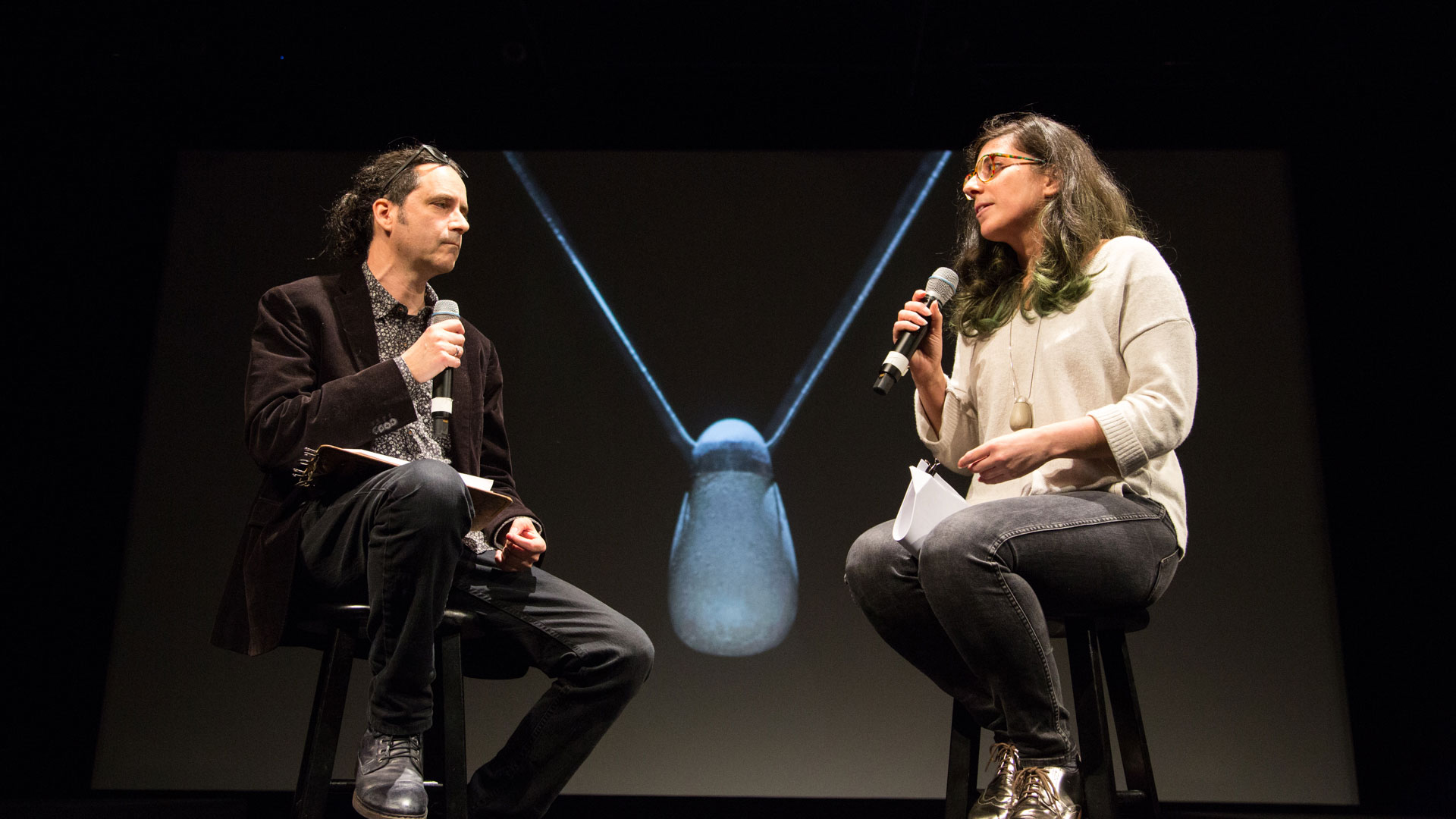
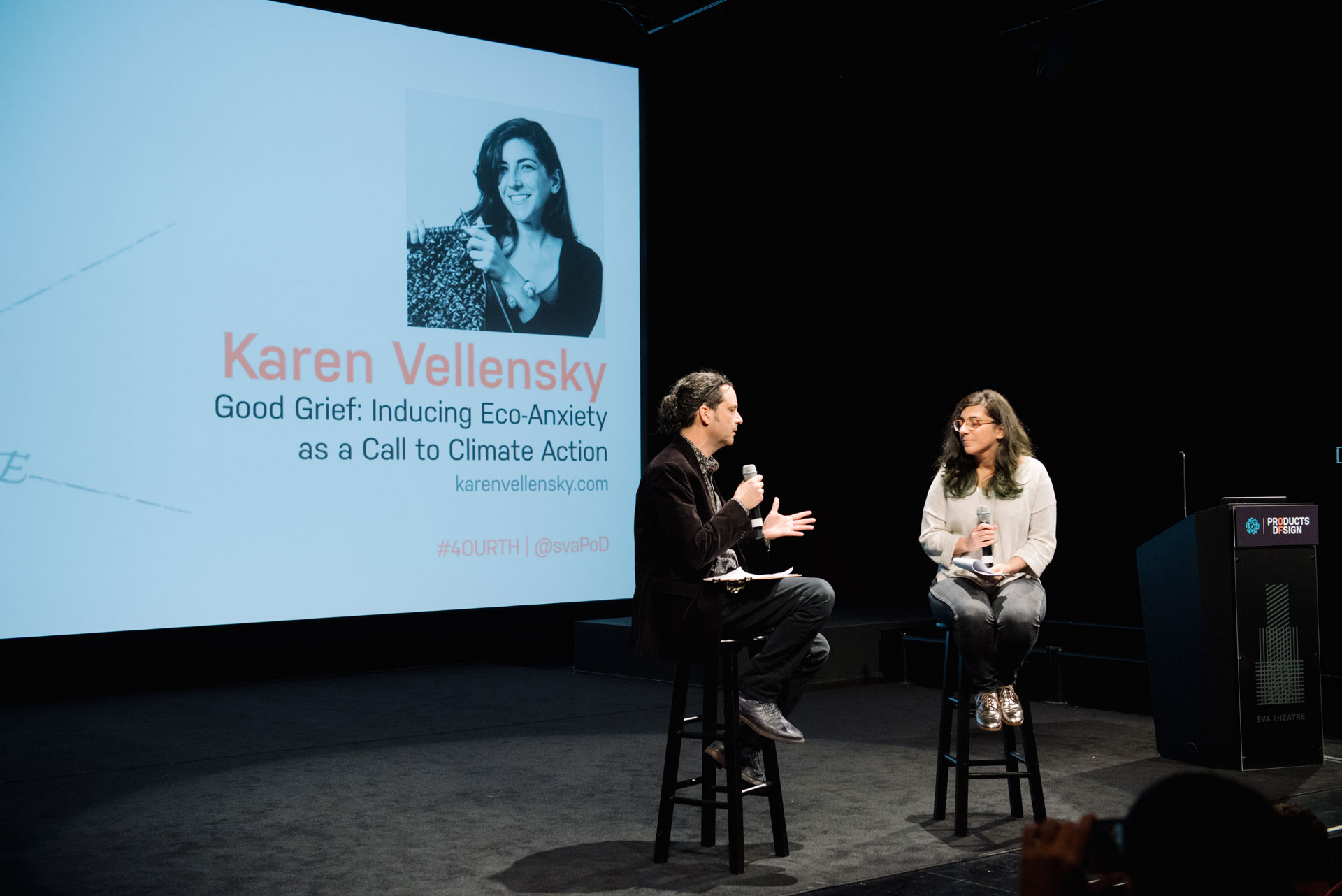
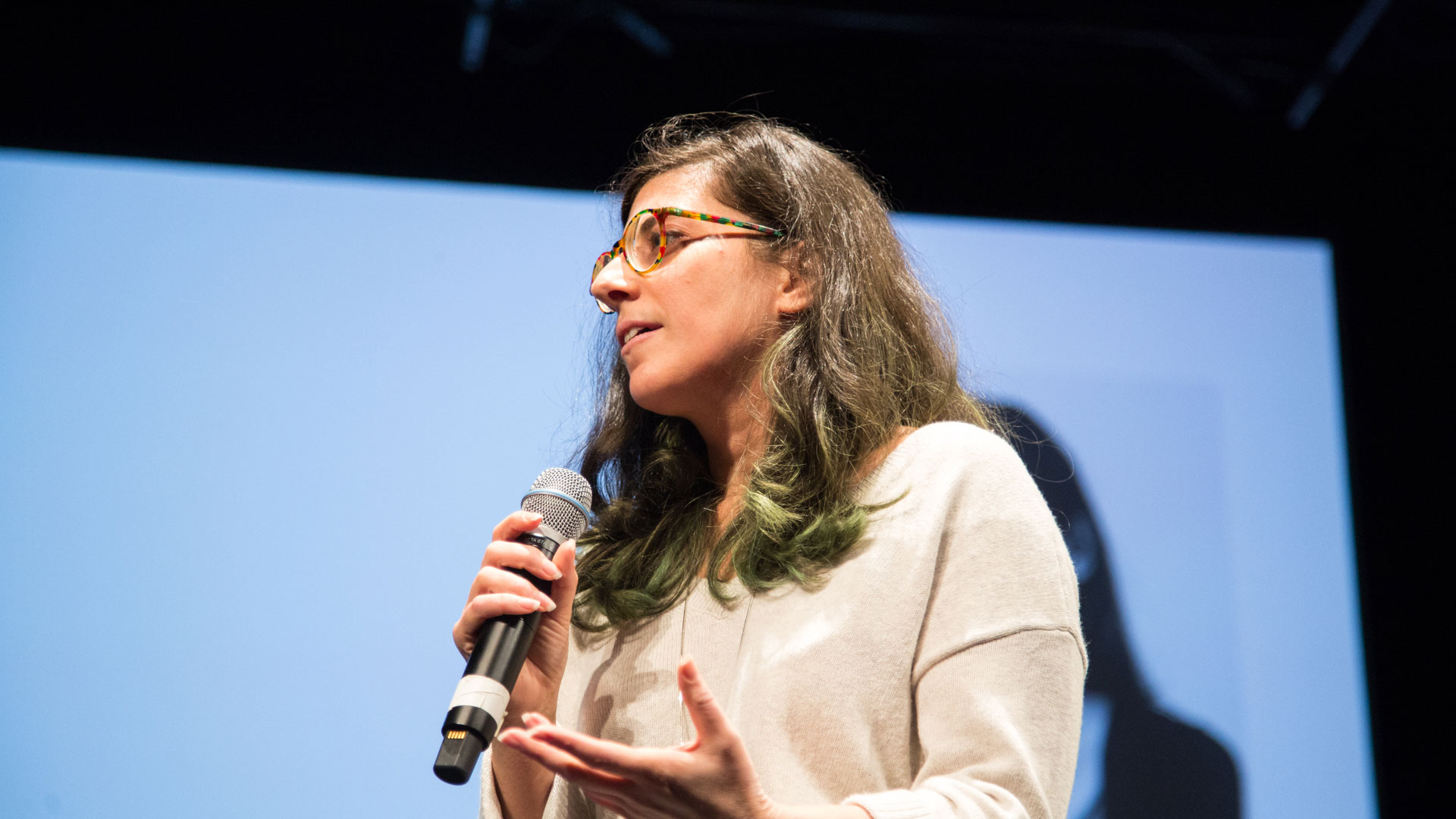

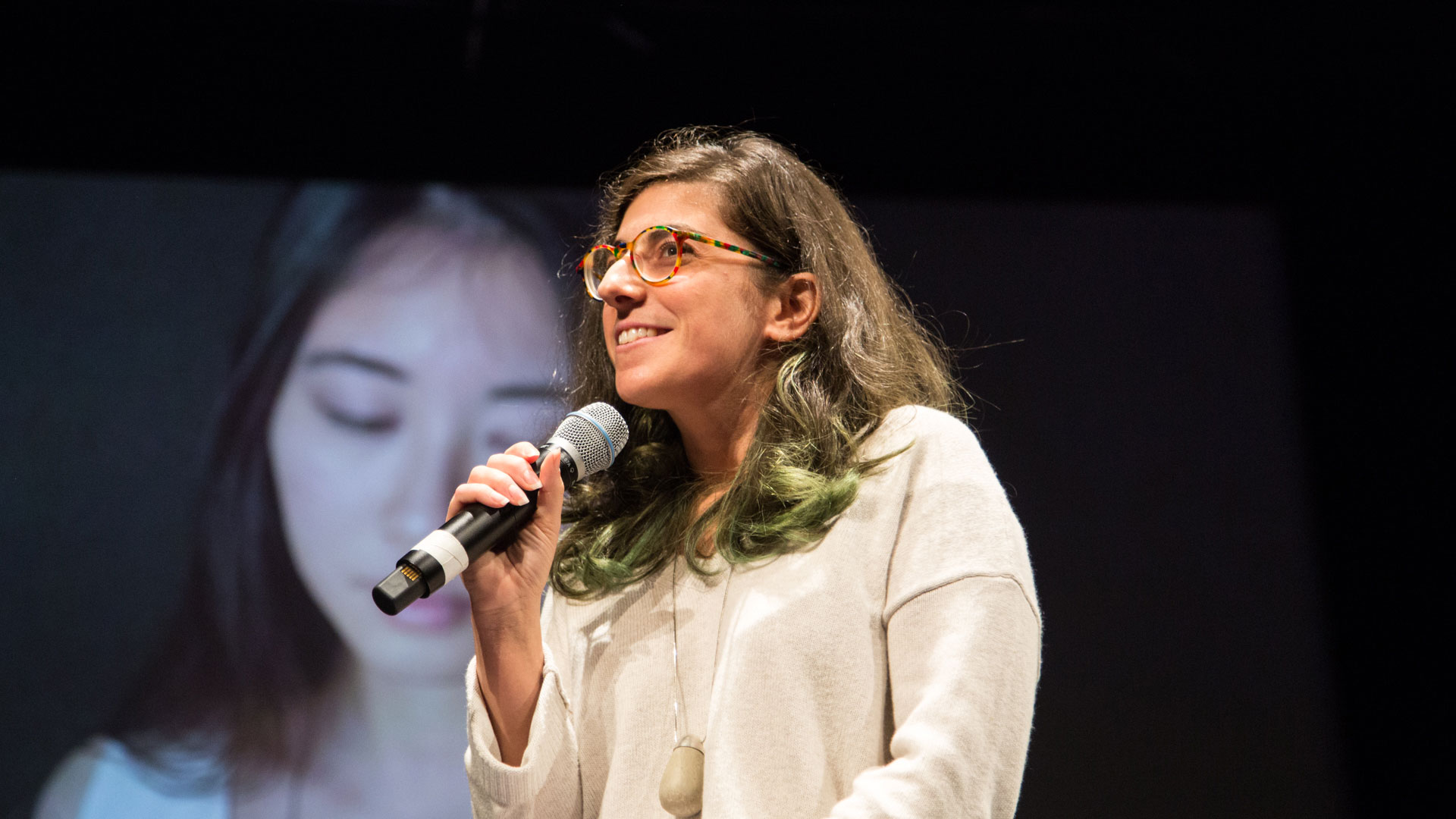
“Maybe we are feeling anxious and depressed about climate change because it’s actually really scary and sad. Why shouldn’t we allow ourselves to feel something real about our impending doom?”
In her research, Karen came across two ideas that heavily influenced her work. The first, from Per Espen Stoknes’ What We Think About When We Try Not to Think About Global Warming, suggests that these “negative” feelings can be useful. He writes, “The paradox is behind all that despair… we may find a renewed way of caring for the land, air, ourselves, and others. We may shift gradually from helpless depression to a heartfelt appreciation and re-engagement.” This is in line with the findings of researchers Paul W. Andrews & J. Anderson Thomson Jr, who stated that depression is not a malfunction, but a beneficial mental adaptation that allows the mind to ruminate, or concentrate on complex emotional problems. In light of these insights, Karen argues, “maybe we are feeling anxious and depressed about climate change because it’s actually really scary and sad. Why shouldn’t we allow ourselves to feel something real about our impending doom?”
Good Grief is about intentionally provoking eco-anxiety in order to force people out of their apathy, thus making them more likely to take action on climate change. This is the first step of six in Karen’s theory of change towards climate change mitigation.
The main challenge Karen faced was designing work around a topic that most people have developed cognitive barriers to avoid. Her strategy materialized through interviews with over twenty activists and experts who noted the importance of storytelling in catching and keeping people’s attention focused on a social cause. To reach the audience, the work would need to reframe the narrative around climate change by centering people and their personal relationship to climate change.
“What is your story of where we ought to go? What is a society worth living—and dying—for? If we don’t know, we surely won’t get there.”
Divergence
Karen's first exploration is Divergence—a co-creation workshop utilizing the power of storytelling. Twelve people with differing opinions on an actionable response to the climate crisis were brought together to collaborate on a story about the kind of future they all want to live in. The participants were asked to answer the question Stoknes poses in his book: “What is your story of where we ought to go? What is a society worth living—and dying—for? If we don’t know, we surely won’t get there.”
The participants shared one sentence at a time, and after the story was completed, they illustrated the scenes into a long narrative mural. The finished story illustrated a difficult but successful path to climate rehabilitation—starting with a feminist takeover and somehow ending up in benevolent intergalactic colonization.
Biofile is a documentary podcast that emphasizes the connection between people and the land by featuring ordinary people already experiencing the effects of climate change.
Biofile
Shifting from amateur to professional storytellers, Karen envisioned a network of people who are already aggregating stories around climate change—such as journalists and documentarians. Biofile is a documentary podcast that emphasizes the connection between people and the land by featuring ordinary people already experiencing the effects of climate change. Drawing inspiration from This American Life and AJ+, Biofile tells the story of climate change from a individual’s perspective.
Biofile links a global network of producers who source a story with an environmental angle told through the lens of a person from that place. The story is then published on the platform’s weekly podcast, after which podcast subscribers are invited to share audio clips on social media. Listeners are introduced to relatable stories that are named after their subject. For example: “BethAnn” is about a woman from Lambertville, NJ, who is concerned with the contamination of the Delaware River caused by fracking.
Biofile licenses short format video versions of the content to news agencies covering environmental stories to supplement related reporting. This strategy generates income, reaches a broader audience, and reinforces the human-centered narrative around climate change.
“At a solidarity rally for Standing Rock, one of the speakers said something that got stuck in my head: ‘We have to protect the memory of the land.’ And I thought, ‘What does the land remember that we have forgotten?’
Patina
Patina directly empowers individuals to share their own stories through peer-to-peer platforms. The mobile app is a "digital memorial" comprised of photographs, video, and audio—all tied to the geo-location of the user. The timeline feature puts the tangible changes to the user’s environment over time into high contrast. Content is user-generated, but posts are made public only after 10 years have passed. Patina memorializes what we have lost as a result of climate change as a living eulogy and an ever-growing tribute to the sights, sounds, and experiences that we have lost or will lose on our only home, Earth.
The project was inspired by the rhetoric around the struggle faced by the Standing Rock Sioux, other indigenous peoples, and their allies over the installation of the Dakota Access Pipeline on sacred indigenous ground. Karen explains, “At a solidarity rally for Standing Rock, one of the speakers said something that got stuck in my head: ‘We have to protect the memory of the land.’ And I thought, ‘What does the land remember that we have forgotten?’ With Patina, we answer the question: As our homes and landscapes change so quickly throughout our lifetimes, how can we memorialize and find solace in the memory of places that are special to us?”
Flourish
"It’s important not only to work on creating and sharing stories, but also to amplify their impact through designing new ways of receiving of them," Karen argues. “The distinguished design thinker John Thackara advised me to emphasize the places where people already are that are important to them. With this in mind, I created Flourish, an interactive installation dealing with themes around place, memory, and heritage.”
At the 6BC Botanical Garden in Manhattan’s Alphabet City, guests were invited to take a break from the busy pace of their everyday life inside a garden planted with memories of favorite and important places. At the gate, guests were provided a pamphlet with a map of the garden marking five "listening stations" at key focal points of the garden. At any moment, guests are welcome to share their own memory in the recording studio overlooking the garden. Their recorded story is then added to an audio time capsule.
Karen wishes to continue developing the above products and services, and hopes that more people will be able to channel their eco-anxiety through proactive means.
Learn more about Karen Vellensky’s work at karenvellensky.com, and contact her at karen.vellensky[at]gmail[dot]com.


